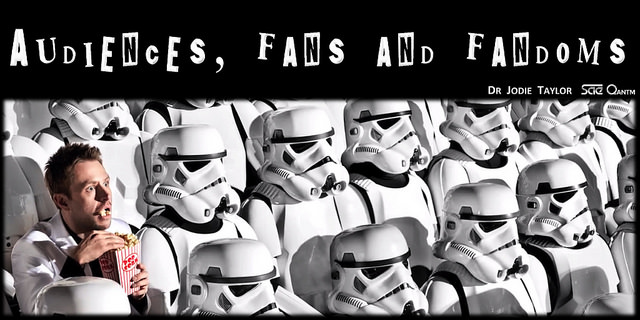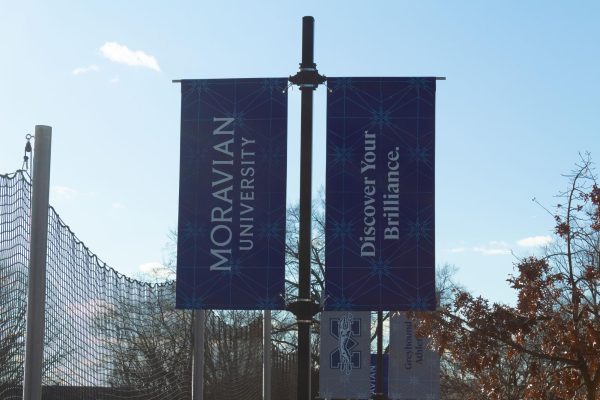Alternative Storylines: The World of Fandoms and Fanworks
In our modern age, television shows, video games, Internet sites, and books have generated legions of fans. These “fandoms” are communities that not only enjoy a particular story or character, but also create content, like artwork, to celebrate and perpetuate them.
The first fandom was inspired by the original Sherlock Holmes stories.
Sir Arthur Conan Doyle’s original stories were hugely successful and beloved by fans around the world. That changed when Doyle decided to kill off the titular character in a climatic showdown with his rival James Moriarty. In response, fans went crazy and decided to take matters into their own hands, creating their own artwork depicting Holmes and even writing short stories that brought Sherlock Holmes back from the grave. This fan outcry even pushed Doyle to bring back Sherlock Holmes, stating that he had faked his death.
While this is the first known instance of a fandom, it isn’t the most well-known. That title belongs to Star Trek , which is still going strong since its original release during the 1960s. It also started the convention scene for TV shows and other media, creating the Star Trek Convention.
As new series continued to be released, fandoms grew in size and number.
A popular modern example would be the critically-acclaimed series “Game of Thrones.” Originally a book series, it was turned into a popular TV show that soon had millions of watchers with every new episode. Fans of this series, called Thronies, not only watch the show but also provide a lot of fan content for the world to see.
The most common form of fanwork is fanfiction. With “Game of Thrones,” there are thousands of fanworks created to express an alternate reality that the story can take. On many occasions, the fanworks change an important scene in the story.
However, fandoms aren’t limited to fanfiction, as there are many other outlets fans can choose to show their appreciation for a series.
This includes writing fanfiction, which involves creating artwork on sites like Deviantart, making AMV videos, role-playing as characters on forums, cosplaying (dressing up like a character), going to conventions, buying and creating merchandise and, in rare occasions, creating fun projects like games and even movies using the material of the works.
These activities aren’t limited to a select few; they apply to all publicized media in the world. You can usually find a group of people, big or small, who are wholeheartedly consumed in the fandom and appreciate it.
For example, San Diego Comic-Con, one of the biggest comic conventions in the United States, brings fans of the comic genre together to create a place where fans can celebrate and show their love for a series. It may have started out small, but now hundreds of thousands of people attend that convention every year. The convention will only grow from there.
Want to join the fun?
Well, proceed with caution.
Though fanboys and fangirls are sometimes stereotyped as territorial, becoming enraged when faced with someone who hates the show they love or who has never even watched it, try to ignore this stereotype. There are plenty of fandoms that welcome newbies, and you don’t need to behave differently to join a fandom. It’s just a group of people who come together and appreciate the series that they love.
Now where does this all lead to?
A series can only last for so long before it’s over and the fandom starts to die out. There are some lucky series that stand the test of time, but many others that slowly fade away. However, new series are being made every year, and plenty of people can come together to enjoy the new fandoms.
Be on the lookout for a fandom you can enjoy. You can make amazing friends and create wonderful memories, knowing that once you are done with, say, “Twilight,” many more shows are waiting for you to explore, like “American Horror Story.”












